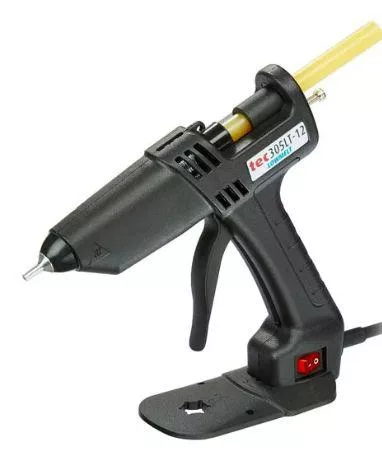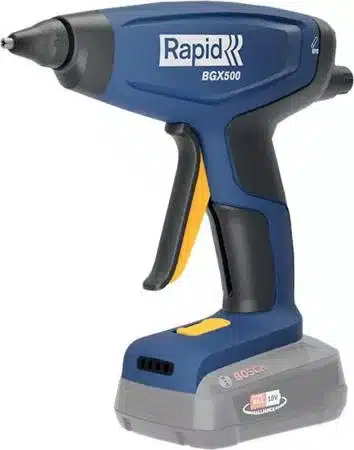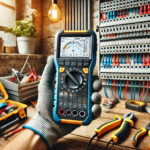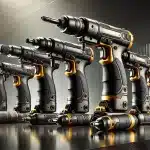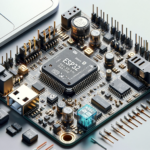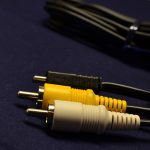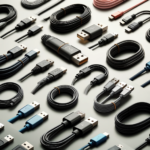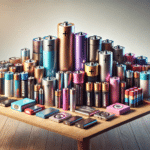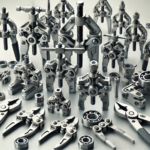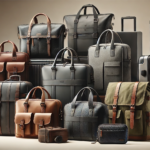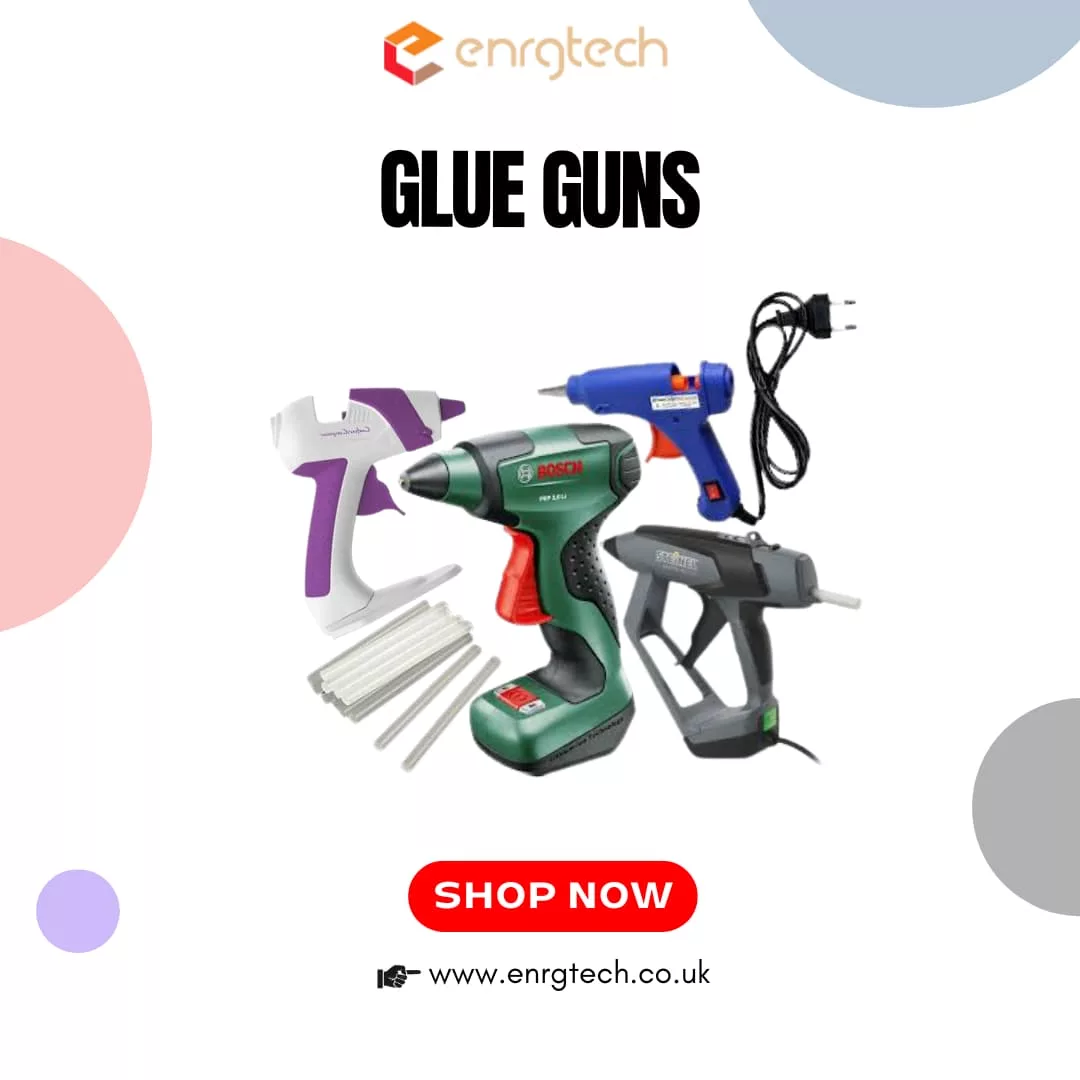
Introduction
Every home should have a glue gun–a must-have device for quick repairs, crafting projects, and so much more. From crafting intricate decorations to mending household items with ease, glue guns open up a world of creative possibilities. But where do you start? This beginner’s guide will demystify these handy devices, walking you through everything from their working principle, significance, diverse types, choosing the right glue applicator, safety tips, and versatile uses, so that you can tackle any project with confidence.
Starting from the Basics: What are Glue Guns? How Do They Work?
Glue guns, also called hot met glue guns, are handheld devices designed to melt solid glue sticks and dispense molten glue to create a strong and durable bond. These power tools are significant in a variety of repair and DIY projects and can be applied over paper, fabric, wood, plastic, and metal. A glue gun comes in different types, is easy to use, and is versatile, making it a mess-free adhesive solution for quick repairs, home décor projects, and professional applications.
Glue guns work on a straightforward principle. They integrate a built-in heating element which heats the glue stick. When powered on, a glue gun melts the solid glue sticks. The gun’s trigger mechanism pushes the stick into a heating chamber, and molten glue is dispensed through a nozzle when the user presses the trigger. The melted glue solidifies as it cools, creating a strong bond between surfaces.
The Significance of Glue Guns: Why Use Them?
While other liquid adhesives, epoxy, and superglues provide stronger, more permanent bonds, glue guns are favoured for their exceptional features and benefits. These power tools offer a quick, efficient, and mess-free way to bond various materials. They quickly heat and melt glue sticks and provide strong and fast-setting, temporary fixes. Their popularity stems from their ease of use, affordability, flexibility, and versatility. Additionally, a glue gun is also beneficial in terms of the availability of different glue sticks, including coloured, glittery, and specialised formulas, making them ideal for decorative and practical needs.
Most Popular Types of Glue Guns Explained
Hot glue guns come in several types based on their designs, features, and intended applications. Some standard types include:
High-Temperature
High-temperature models typically operate at around 380°F (193°C). This higher operating temperature ensures a stronger bond on materials like wood, metal, plastics, and ceramics. High-temperature glue guns are best for heavy-duty crafts, construction projects, furniture repairs, and sticking materials requiring a durable, long-lasting hold.
Low-Temperature
These devices heat glue to about 250°F (121°C) and are safer to use on sensitive materials. They are ideal for creating strong bonds on lightweight materials, such as foam, laces, thin fabrics, school projects, and quick tasks that don’t require industrial strength.
Dual-Temperature
These glue applicators combine the features of both low-temperature and high-temperature models. They feature a switch allowing you to toggle between high or low temperatures depending on your project’s needs. A dual-temperature glue gun offers the most versatility and flexibility when working with several materials.
Heavy-Duty
Heavy-duty glue guns are designed for larger projects and tougher materials. They have higher wattage and provide a strong and durable bond.
Mini Models
These compact and lightweight glue guns are perfect for small crafting projects, detailed work, and quick repairs.
Corded vs. Cordless Glue Gun: Which One Should I Choose?
The decision to choose the specific glue gun largely depends on the users’ specific needs and work environment. Let’s compare these two models to help you decide which one suits your projects. A corded glue gun is one which operates in areas with access to power outlets. These models offer consistent power and heat for prolonged use. They are beneficial in terms of quick heating, reliability, and uninterrupted performance.
On the other hand, cordless glue guns are those powered by rechargeable batteries. They are ideal for on-the-go applications due to their portability and flexibility. A cordless glue gun excels in working in tight spaces and quick repairs. However, they need frequent recharging and have shorter runtimes. In essence, if you prioritise unlimited runtime and steady performance, go for a corded glue gun. However, if convenience and portability are more important, a cordless option may be the better choice.
How to Achieve Best Results Using a Glue Gun?
A glue gun offers an easy-to-use bonding solution across various applications. However, follow the given steps to achieve the best results:
- Clean the surfaces you’re bonding to ensure good adhesion.
- Apply glue to both surfaces for a stronger bond.
- Don’t use too much glue, as it can make the bond messy and weak.
- Work quickly as hot glue sets fast.
- Use a toothpick or pin to apply glue to hard-to-reach areas.
- Practice on scrap materials before working on your final project.
Safety Tips for Beginners When Using Glue Guns
Using a glue gun can be very handy for DIY projects, repairs, and crafting, but it also comes with safety risks, especially for beginners. Following the essential safety tips can ensure safe and effective use of these tools:
- Never touch the hot nozzle or molten glue. It can cause severe burns.
- Always use a heat-resistant surface to protect your work area.
- Wear safety glasses to protect your eyes.
- Keep the glue gun away from flammable materials.
- Do not leave the glue gun unattended while it’s plugged in.
- Unplug the glue gun when not in use and allow it to cool down completely before storing.
- Keep glue sticks away from children.
- Use caution when working with delicate materials, as hot glue can damage them.
Common Uses of Glue Guns
Glue applicators are incredibly versatile and can be used for a variety of professional and DIY projects, including:
- Arts and Crafts: Paper crafts, scrapbooking, DIY decorations
- Home Repairs: Fixing broken items, sealing small gaps
- Woodworking: Attaching trims and lightweight wooden pieces
- Fabric Work: Securing ribbons, hemming temporary seams
- Electronics: Insulating and securing wires.
Summary and Final Thoughts
Hot glue guns are a staple in any crafter’s toolkit. They are user-friendly, versatile, and can handle multiple projects—from simple paper crafts to minor household repairs. For beginners, a low-temperature or dual-temperature model is often the safest bet. Practicing on scraps and following proper safety measures will ensure you get long-lasting performance and professional-looking results.






